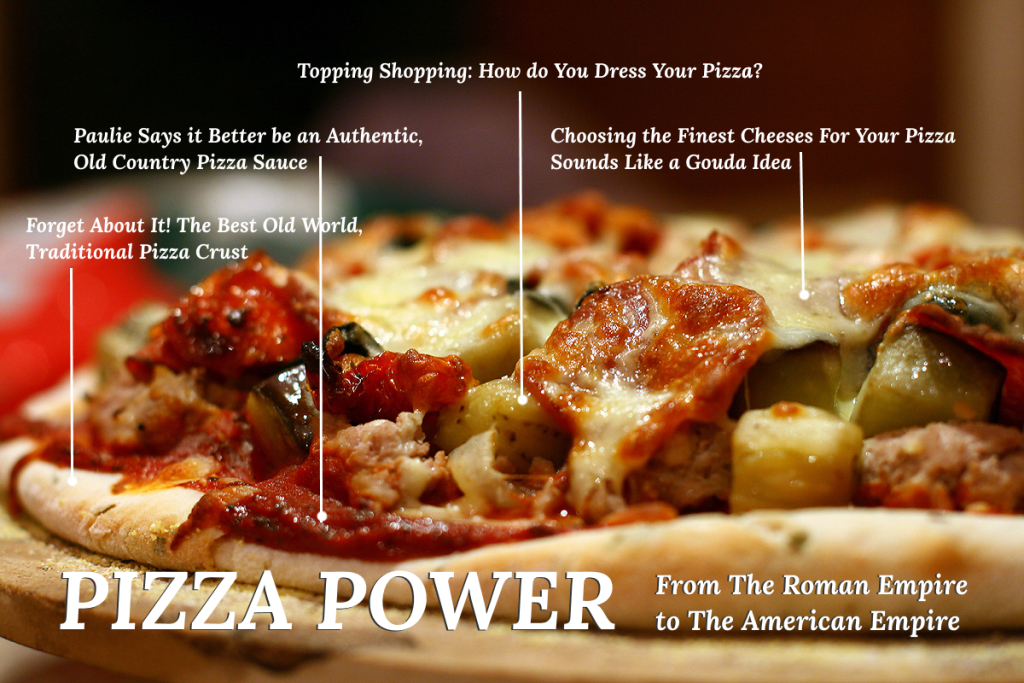I see content everywhere. You can too.
Easily identifying a compelling blog post or article topic, and conveying an inspiring message to your online audience, rests in your ability to recognize intriguing details. Taking the time to reflect on what embodies people and things, will provide greater insight about – and a deeper appreciation for – what makes them admirable. These are key ingredients in your startup’s recipe for great content.
Look around your startup. Everything surrounding you, including your company’s products, services, and even yourself, is made-up of interesting details and particulars. Focus on these fine points to uncover truly captivating topics.
To help you to identify the ingredients in your recipe for great content, follow these three steps:
Step 1: Choosing a Subject
Focus your attention on one interesting aspect of your business or yourself.
It is not enough to have great qualities; We should also have the management of them.
Francois de La Rochefoucauld
Startup founders, like other business owners and entrepreneurs, are passionate about their products and/or services. The challenge most are facing is communicating a message that conveys their passion, and inspires the audience to love the product/service like they do. The answer to overcoming this challenge is focus. Your startup must create captivating content that educates the audience and draws their attention toward the qualities that make your offering better than any other.
Albeit there are likely several compelling aspects of your business you would like to share with your audience, bombarding visitors with many points becomes overwhelming. For example, a restaurant has many tasty dishes. Trying to explain the entire menu all at once, not only takes away from the beauty and quality of each dish, it overwhelms the visitor. Rather than simply reciting a “menu” of superfluous qualities, deliver a focused message that highlights each special detail of your product/service.
As an example to demonstrate this point, I will use a common menu item like GOURMET PIZZA for my subject.
Step 2: Identifying Topics
Detail all parts of the one aspect listed in Step 1. To gain a better understanding, and help you to better convey an insightful message to your audience, carefully itemize the fundamental details of your subject. Think of them as ingredients.
Details create the big picture.
Sanford I. Weill
Using gourmet pizza as our example:
- Sauce
- Crust
- Cheese
- Traditional/Nontraditional Toppings
- Cooking
Each of the above “ingredients” presents an opportunity to explain the remarkable qualities you have to offer consumers.
Step 3: Delivering the Message
Educate visitors on the important details.
Tell me and I forget. Teach me and I remember. Involve me and I learn.
Benjamin Franklin
Ideally, the content that you create will unfold in sequence – like a recipe or children’s story – and will utilize a combination of different types of marketing content (text, image, video) to involve the audience and convey a message that creates and shares a valuable experience.
Using the details I collected in Step 2, here are some examples that could be used either as Titles for a blog post, or as headings for an in-depth article:
- Pizza Power: From The Roman Empire to The American Empire
- Paulie Says it Better be an Authentic, Old Country Pizza Sauce
- Forget About It! The Best Old World, Traditional Pizza Crust
- Choosing the Finest Cheeses For Your Pizza Sounds Like a Gouda Idea
- Topping Shopping: How Do You Dress Your Pizza?

From something as simple as dough and sauce, this approach is able to use the product’s simple ingredients to identify compelling topics that would excite, educate and inspire the audience.
The Recipe For Great Content
Applying this three-step process and using gourmet pizza as an example, I carefully detailed the product before taking the reader on a culinary journey that subtly educate them on the quality and value of the product’s ingredients. In doing so, I have unobtrusively given the audience a deeper appreciation of something as simple as a pizza.
Use this process to identify the “ingredients” in your own products or services that can be transformed into compelling topics. Then, use those details as the foundation for blog or article topics that will captivate your audience, inspire them, and provide deeper insight and appreciation.
